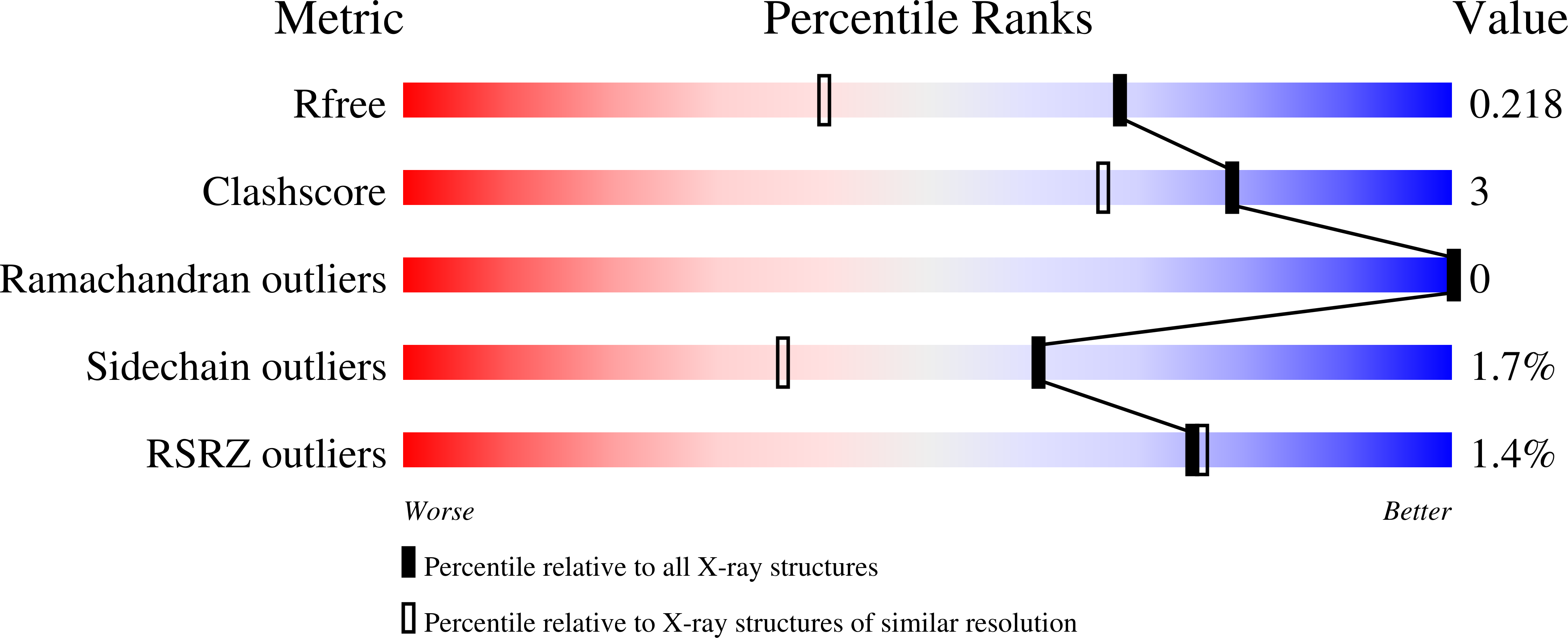
Deposition Date
2024-01-12
Release Date
2024-04-10
Last Version Date
2024-04-10
Entry Detail
PDB ID:
8RP4
Keywords:
Title:
Alpha-Methylacyl-CoA racemase from Mycobacterium tuberculosis (D156A mutant)
Biological Source:
Source Organism:
Mycobacterium tuberculosis (Taxon ID: 1773)
Host Organism:
Method Details:
Experimental Method:
Resolution:
1.64 Å
R-Value Free:
0.21
R-Value Work:
0.17
Space Group:
C 1 2 1


